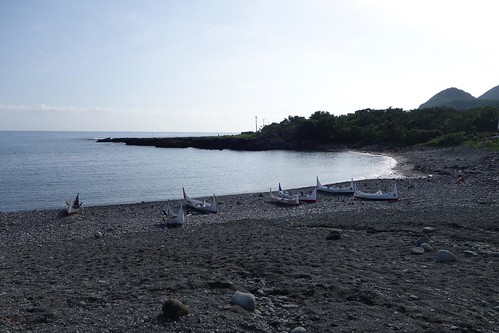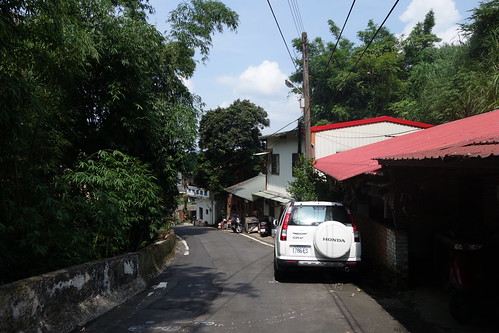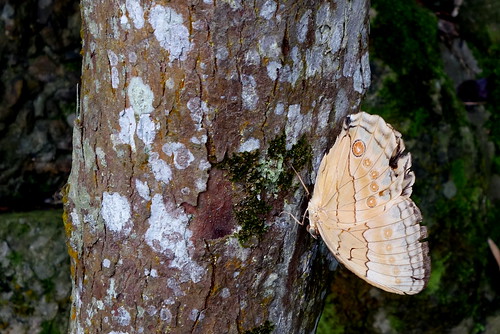One of the ways the foreign media serves Beijing is by recapitulating its propaganda frameworks -- in this case, that the Taiwanese are "Chinese" and there is no such thing as "Taiwanese". This claim is a standard claim of those who would annex Taiwan to China. Indeed, China's claim on Arunachal Pradesh in India is supported by official claims that the area's Tibetan people are "Chinese" and thus the region is "China".
Local media worker Ralph Jennings is one of the chief purveyors of this nonsense. See for example, this transcendentally stupid article on Chinese tourists,
Tourists from China eagerly report that strangers politely stop to give directions and shopkeepers respond professionally to inquiries. This treatment compares to China where an annoying number of strangers are surly or vague when interrupted by a question. The level of courtesy found in Taiwan fosters an appreciation of the location itself as well as a reminder that ethnic Chinese on either side easily have it in them to be polite..... "ethnic Chinese on either side" is a pro-China frame, reductive and wrong. There are many other examples: here, here, here, and here.
Reuters seems to have picked this up as well. In an article on how Taiwan's economic policies are its own worst enemy, it claims....
The capital of Taipei shows what an advanced ethnically Chinese economy can achieve under a democracy: a comfortable, low-key lifestyle.This may come as a shock to the media, but Taiwan does not exist so the media can make smug contrasts between democracy in "ethnic Chinese" cultures. We have democracy here in Taiwan precisely because locals resisted the Chinese culture brought over by the KMT, with its authoritarianism and authority-based values, fake family values, empty democratic values, Confucianism bereft of humanity, and violent suppression of dissent.
The basis of their resistance was, of course, Taiwaneseness.
This "culture iceberg" is a common image, with many variations. But note that when people talk about "culture" they are usually referring to the parts that are easy to see: language, food, holidays, dress (though even in Taiwan they are different). The parts that are below are difficult for the untrained to see or think about and so are never referenced in discussions like those in the media. Wouldn't it be awesome if the media consulted anthropologists the way they consult financiers?
For Taiwan, for example, one might add...
- the experience of Dutch, Qing, Japanese, and KMT colonization, the experience of being settlers, being a settler region, and interactions with and resistance to the distant, different state
- the existence of the frontier and the Other in the interactions between aboriginal peoples and the incoming Hoklo and Hakka settlers, and its shaping of culture, building forms, and landscapes in Taiwan, and the continued existence of aborigines as distinct Other in the present day
- the ideal of democracy and its application in resistance to Japan and the KMT. Remember the first elections were held under the Japanese.
- democratization and the lived experience of democracy
- steady and rapid long-term capitalist economic growth and relative affluence
- Pervasive Japanese influences in food, hygiene, expectations of social progress and order, and so forth
- Pervasive US influence via increasing globalization and close economic, social, political, and military ties.
- the experience of China's desire to annex Taiwan and suppress local identity via both KMT colonization and PRC aggression
Hence, the categories ordinary people use to think about and define "what's Chinese?" are usually categories constructed by expansionist politicians in Beijing. While it might be entertaining to imagine international media workers struggling to define "ethnic Chinese", it would not be very enlightening (it is never defined in the text, of course).
The short form of this is: Taiwanese are "ethnic Chinese" to the extent that Americans are "ethnic United Kingdomers".
But another way to think about it is provided by Geert Hofstede's Cultural Dimensions, widely used in business and other research as a shorthand for describing cultural patterns. Hofstede has surveyed the world's nations to develop a crude way to compare them on several dimensions of deeper behavioral attitudes. Anthropologists laugh, but it is a useful shorthand for twenty years of fieldwork and does enable comparisons, since the surveys are the same for all people surveyed.
I compared China and Taiwan using his tool. Note the blindingly obvious differences in everything except "long term orientation" (definitions are onsite).
You want to claim Taiwanese are "ethnic Chinese?" Evidence please. Otherwise, stop saying what isn't true.
UPDATE: An anthropologist observed to me:
The idea that "Taiwan proves Chinese people can be X" (polite/democratic/etc.) is just racist. The use of the term "ethnic" in there just serves to hide the implicit racism._______________________
[Taiwan] Don't miss the comments below! And check out my blog and its sidebars for events, links to previous posts and picture posts, and scores of links to other Taiwan blogs and forums!






